
E-mail: font@focusonnature.com
Phone: Toll-free in USA 1-888-721-3555
or 302/529-1876
 |
PO Box 9021,
Wilmington, DE 19809, USA E-mail: font@focusonnature.com Phone: Toll-free in USA 1-888-721-3555 or 302/529-1876 |
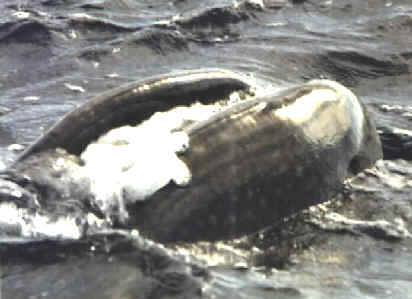
FISH of the
Caribbean
from the Bahamas
south to Trinidad
A list of Caribbean Fish
compiled by Armas Hill,
with fish that occur
in
coral reefs and otherwise
Noting those seen during
Focus On Nature Tours
with an (*)
Photo at upper right: A mouth
of a WHALE SHARK
photographed during a FONT tour off the coast of Puerto Rico
(photo by Marie Gardner)
Codes:
CY Cayman Islands
DM Dominica
HS Hispaniola (Dominican Republic &
Haiti)
JM Jamaica
PR Puerto Rico
(p): seen pelagically
Classifications as designated by IUCN (International Union for the Conservation of
Nature) relating to threatened species:
(t1): critically endangered
(t2); endangered
(t3): vulnerable
(nt): near-threatened
(ph): species with a photo in the FONT website
(ASC:xx) refers to plate number of photo in
the "National Audubon Society Field Guide to Seashore Creatures"
(ATMF:xx) refers to plate number of photo in the "National
Audubon Society Field Guide to Tropical Marine Fishes"
(FGCF:xx) refers to the page with an
illustration in the book "A Field Guide to Coastal Fishes, from Maine to
Texas" by Val Kells and Kent Carpenter, 2011
Links:
A
Listing of scheduled Focus On Nature Tours
Upcoming
Focus On Nature Tours in the Caribbean
Links, in this following list, to:
Sharks & Rays
Sawfish Sunfish
Frogfishes Batfishes
Clingfishes Flying Fishes
Needlefishes
Squirrelfishes Trumpetfishes
Pipefishes & Sea Horses
Scorpionfishes
Groupers, Sea Basses, Hamlets Dolphinfish
Remoras Jacks & Pompanos
Pomfrets
Tunas & Mackerels
Cardinalfishes
Snappers Mojarras Grunts
Porgies
Drums, Croakers
Angelfishes
Butterflyfishes
Damselfishes Wrasses
Parrotfishes
Bigeyes Driftfishes
Sand
Flounders Tonguefishes
Spadefishes Surgeonfishes
Triggerfishes Triplefin Blennies
Sand
Stargazers Combtooth Blennies
Pikeblennies
Labrisomid Blennies Gobies
Eels Tarpon Lizardfishes
Grenadiers
Barracudas
Boxfishes Puffers
Porcupinefishes Billfishes
Other
Links:
Other Marine-Life of the Caribbean
Mammals in the West Indies of the Caribbean (land & marine)
A List & Photo Gallery of Caribbean Birds, in 2 Parts
Butterflies & Moths in the West Indies of the Caribbean (with some photos)
Amphibians & Reptiles in the West Indies of the Caribbean (with some photos)
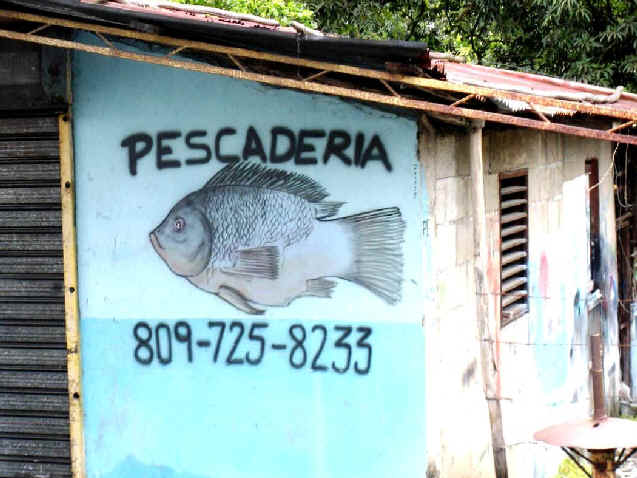
During the FONT Feb 2012
Dominican Republic tour,
as we went long a little road, in the interior of the country,
there was this place where sometimes fish were sold,
as the sign says, a "Pescaderia".
In the photo below, the menu with the local names of the fish.

WHALE
SHARK (Family Rhincodontidae)
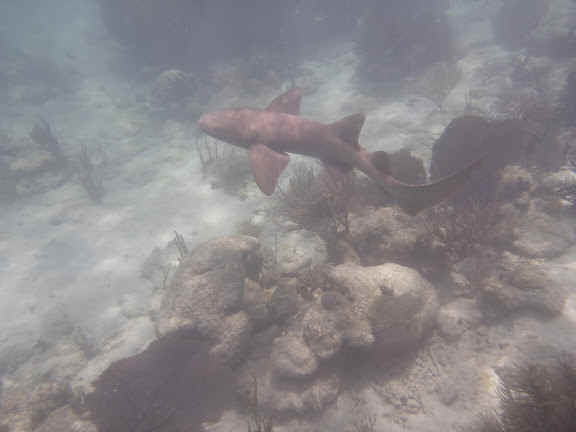
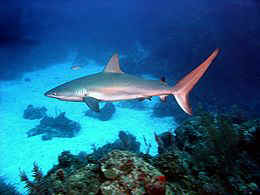
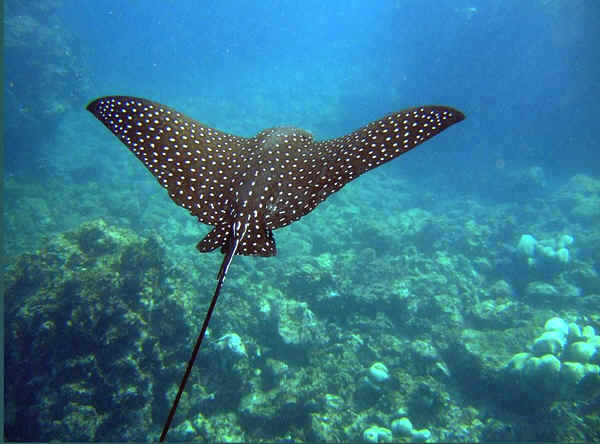
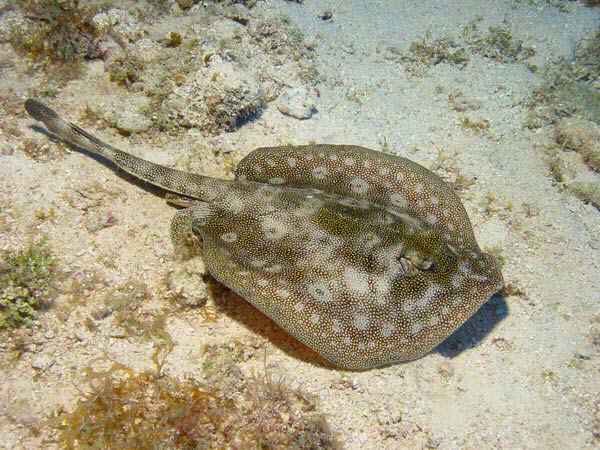
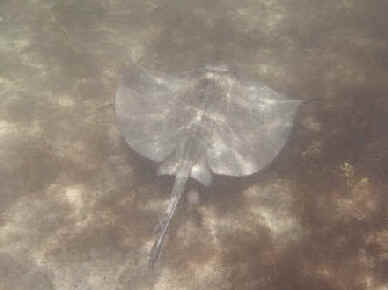
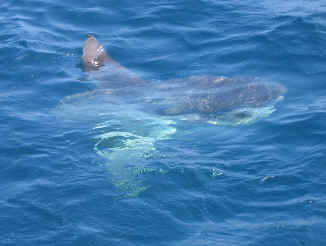
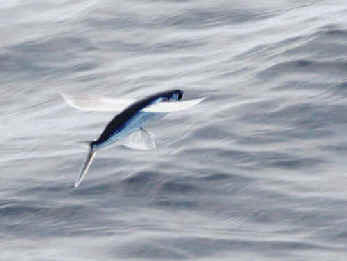
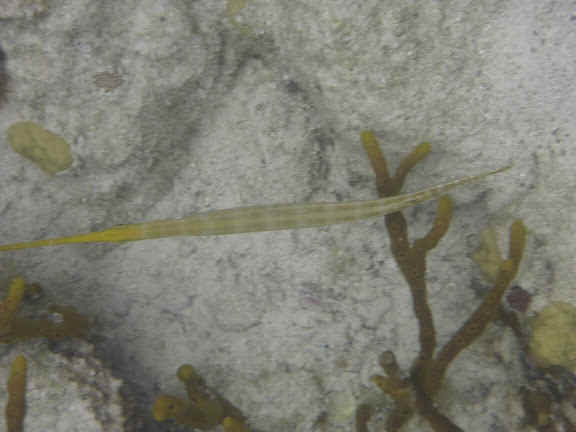
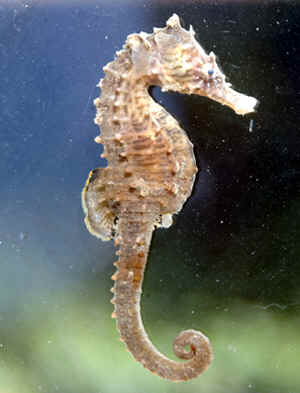
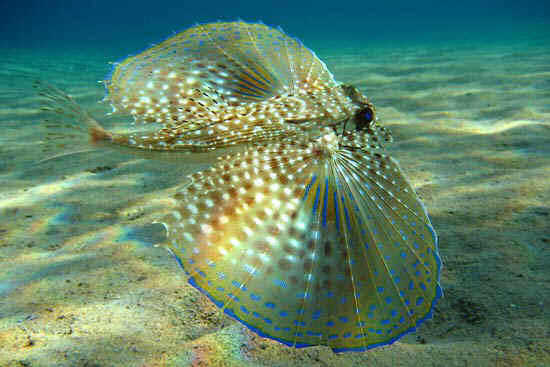
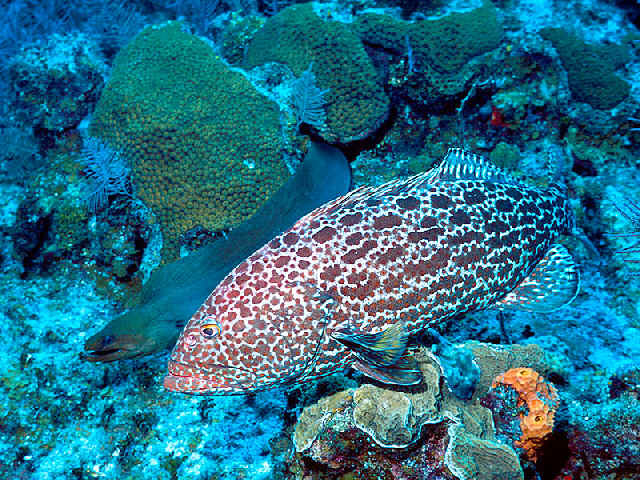
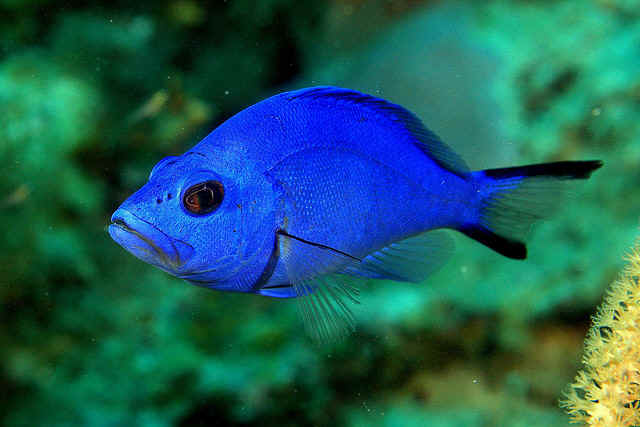
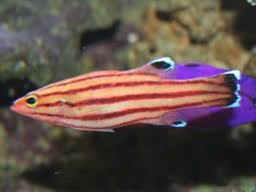
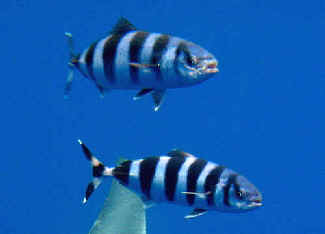
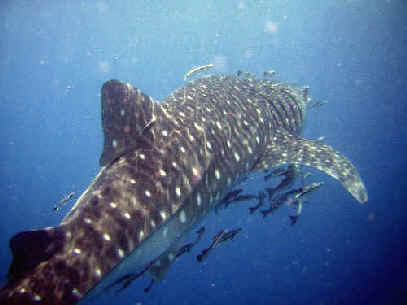
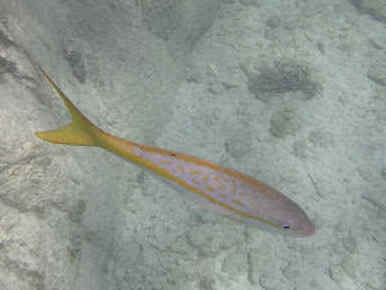
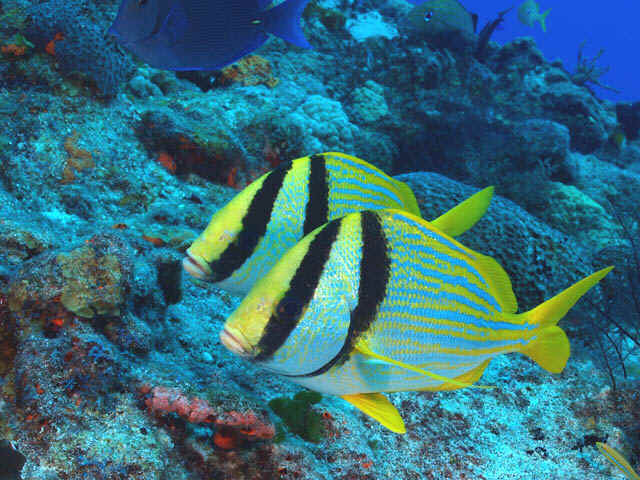
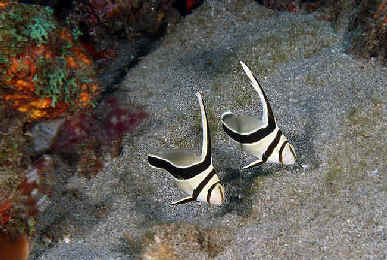
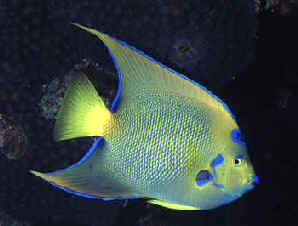
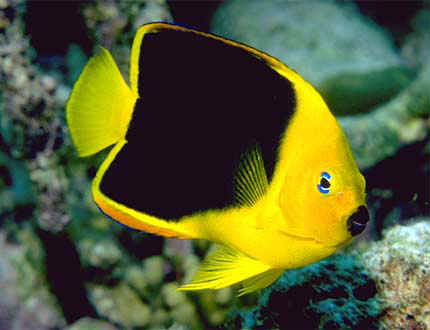
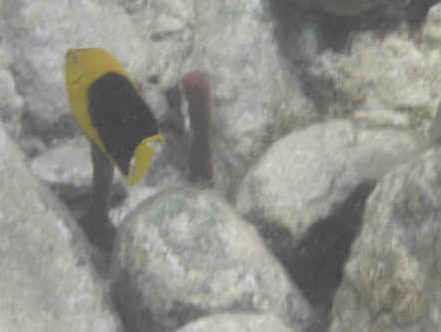
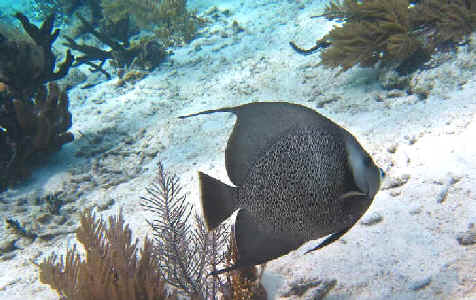
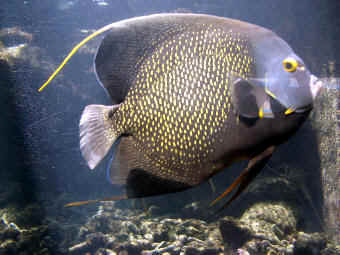
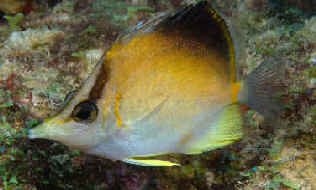
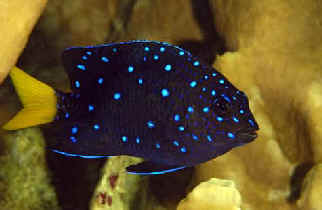
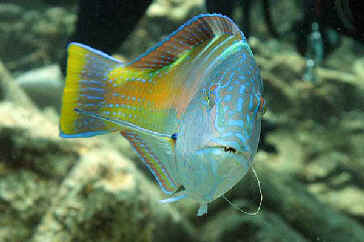
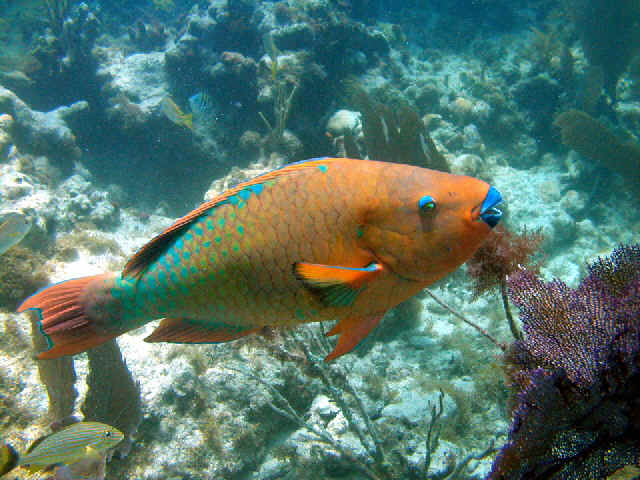
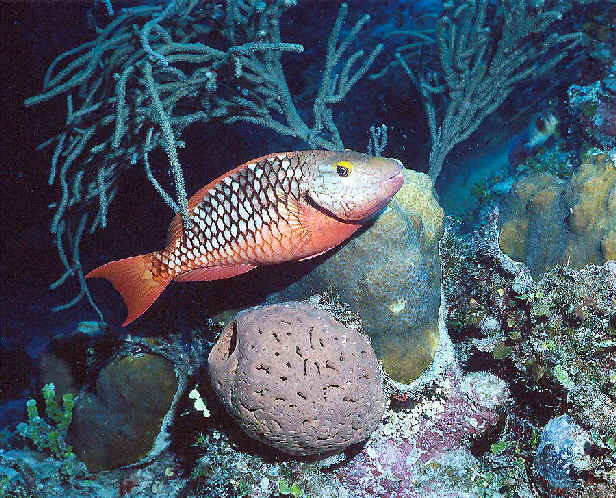
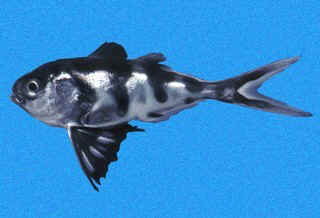
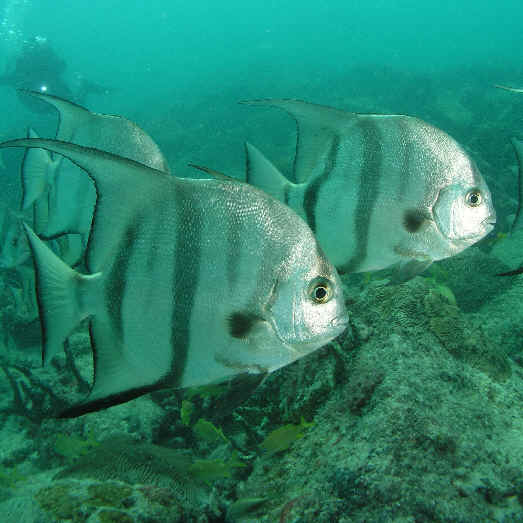
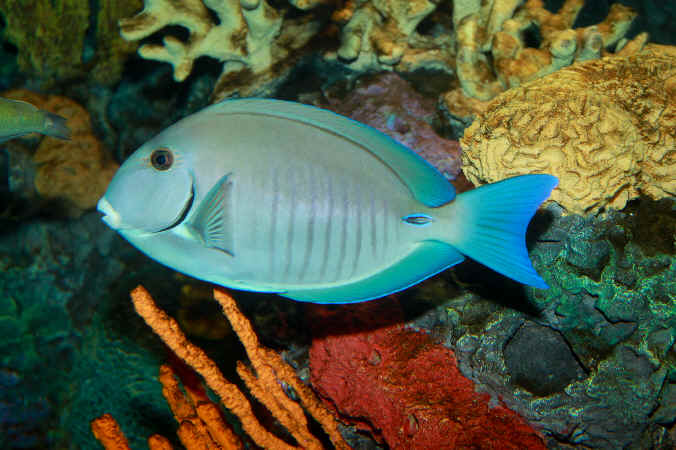
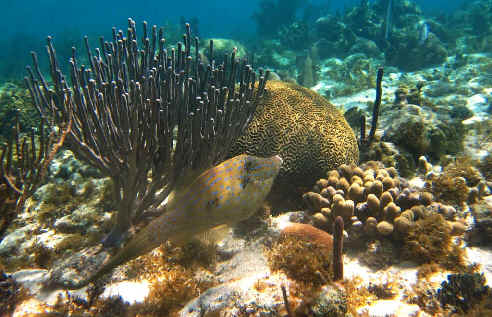
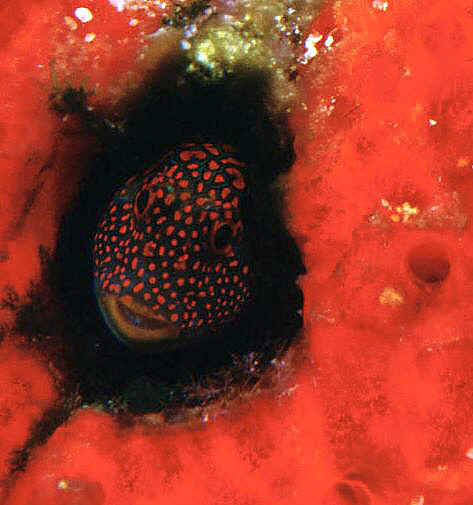
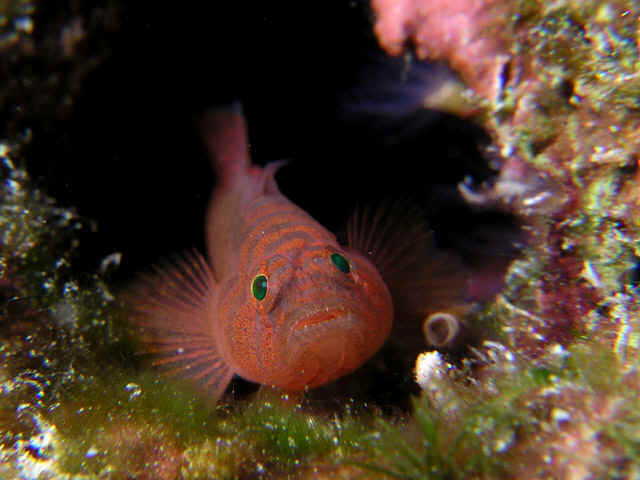
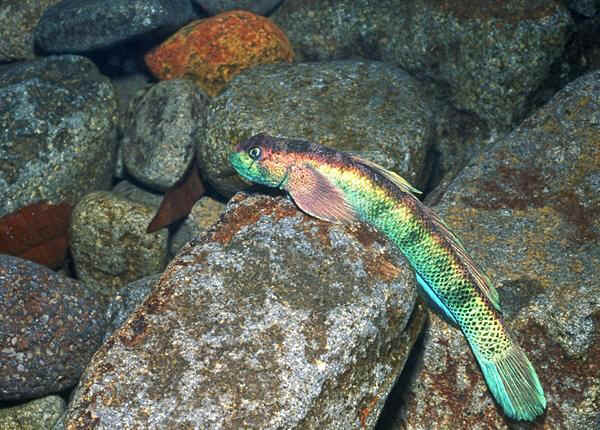
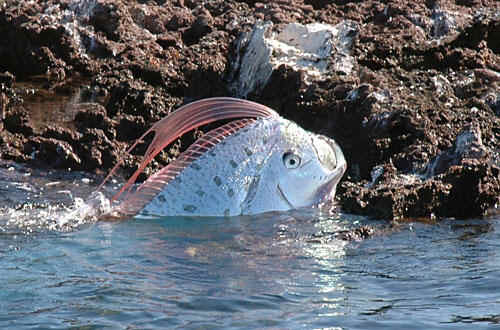
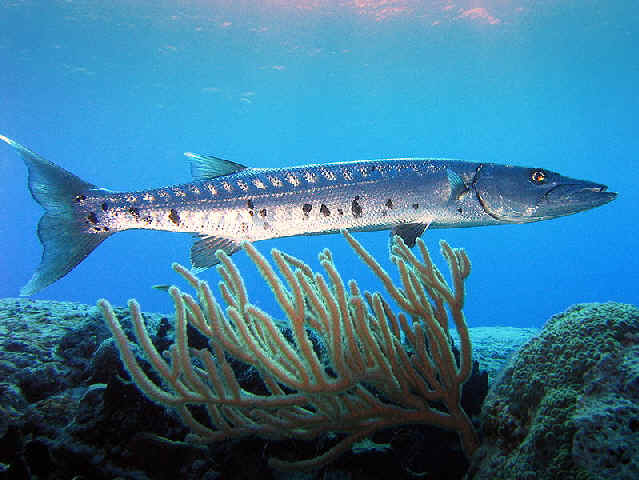
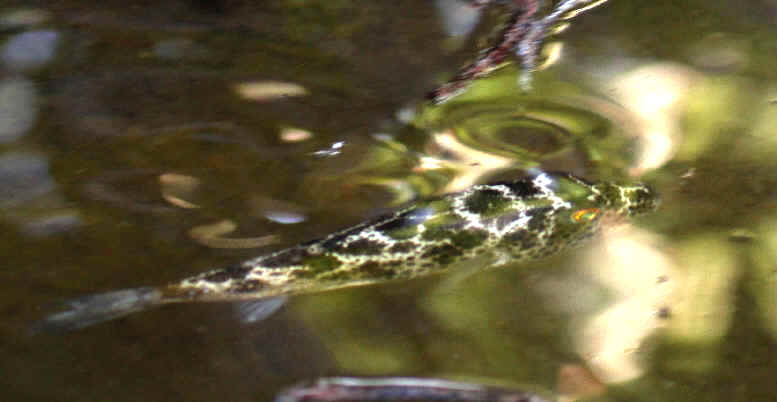
References include:
"Sea Life - A Complete Guide to the Marine Environment", edited by
Geoffrey Waller, with principal contributors Marc Dando & Michael Burchett,
1996.
"Fishes of the Atlantic Coast: Canada to Brazil, including the Gulf of
Mexico, Florida, Bermuda, the Bahamas, and the Caribbean", by Gar Goodson,
1976.